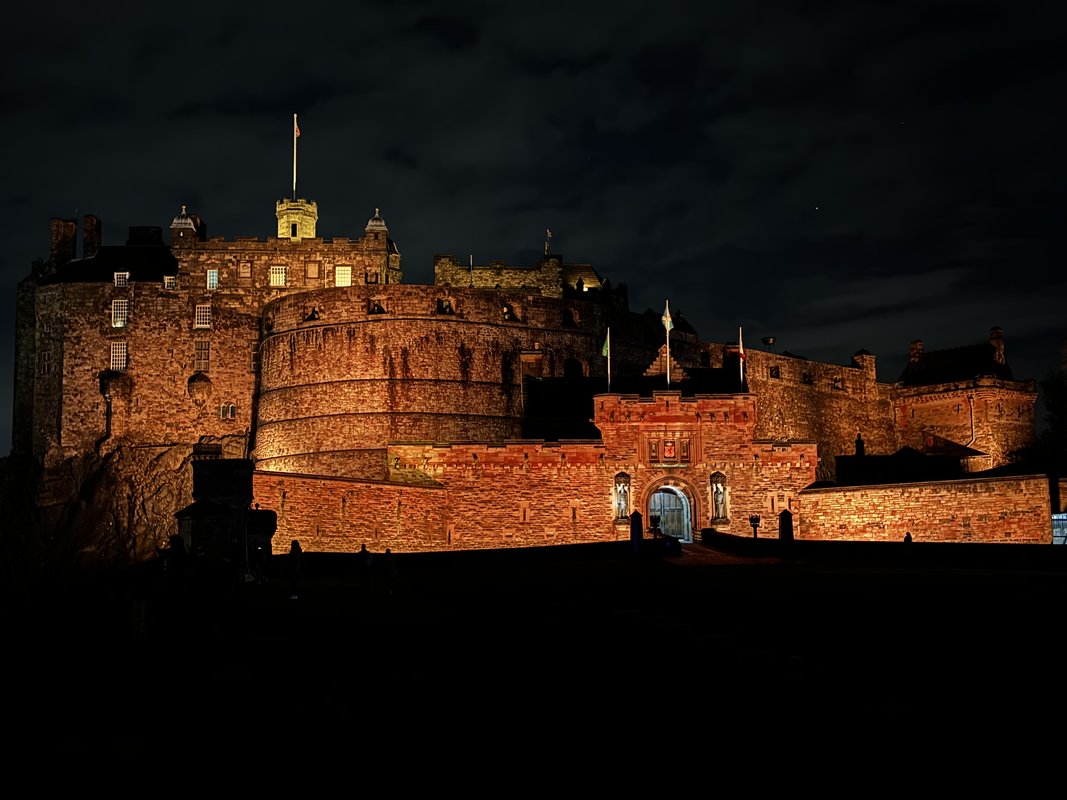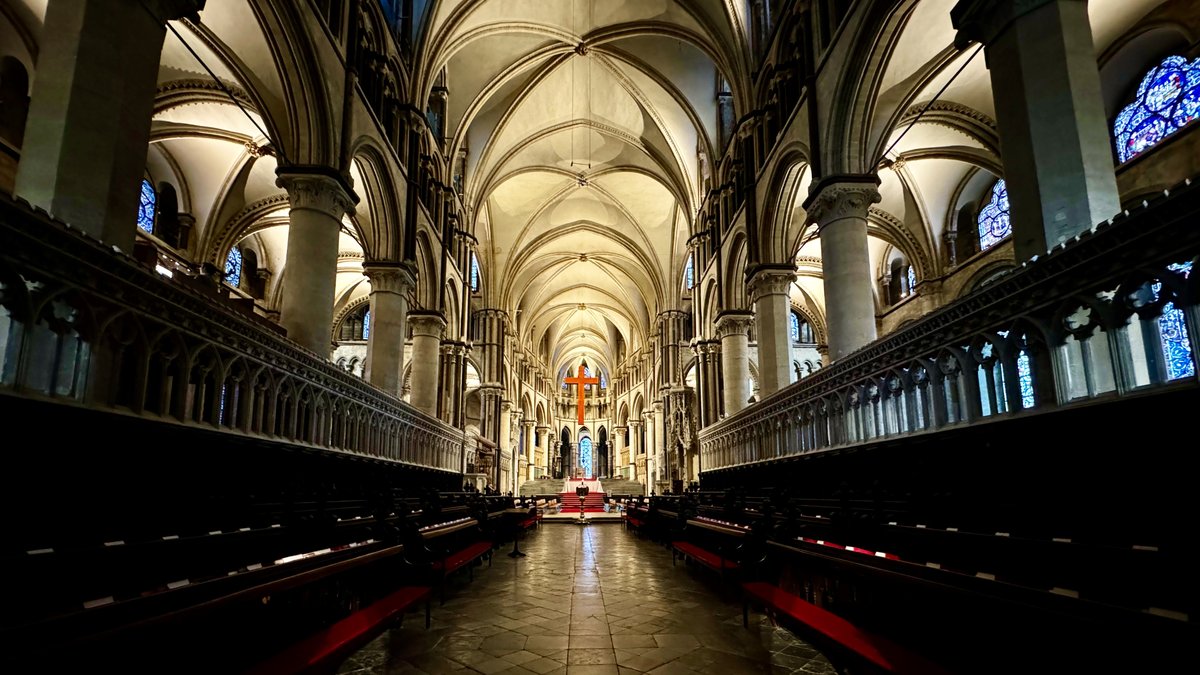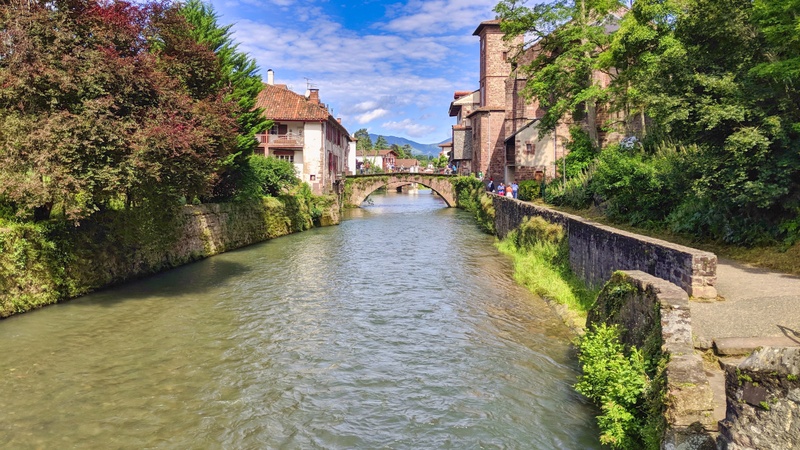Muxia, Spain
Named after the monks ("munkes") who settled this area after a Roman settlement and military camp had already occupied it, Muxia is the quieter of the two final stops on the Caminos. Unlike Finisterre's "happy and powerhouse" vibe, the black rocks, angry sea, and tranquil town, provide a place to contemplate and relax.
Edinburgh Castle
Canterbury Cathedral
Afternoon stroll through the Cathedral, mostly to find all the scientists' graves I always wanted to visit.
Saint-Jean-Pied-de-Port
SJPdP wasn't always "the start of the Camino." Only after Father Elías drew the Camino Francés in 1984 and painted its first yellow arrows, and after Brierley wrote his book, did the French town become somewhat of a starting point, replacing Roncesvalles in Spain.
Today, it mostly lives from Pilgrim traffic, a stark contrast to its history as a Navarre border town, switching frequently between Spain and France and serving as an important hideout and supply station for Basque separatists planning attacks in Spain.



